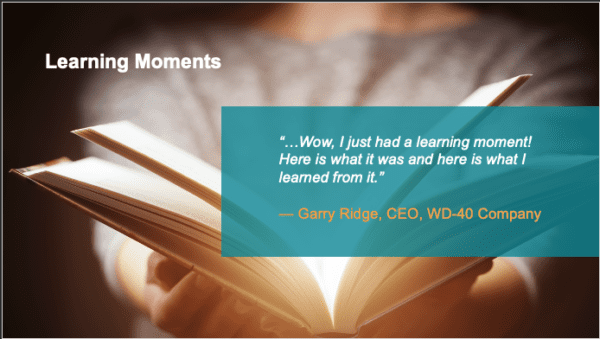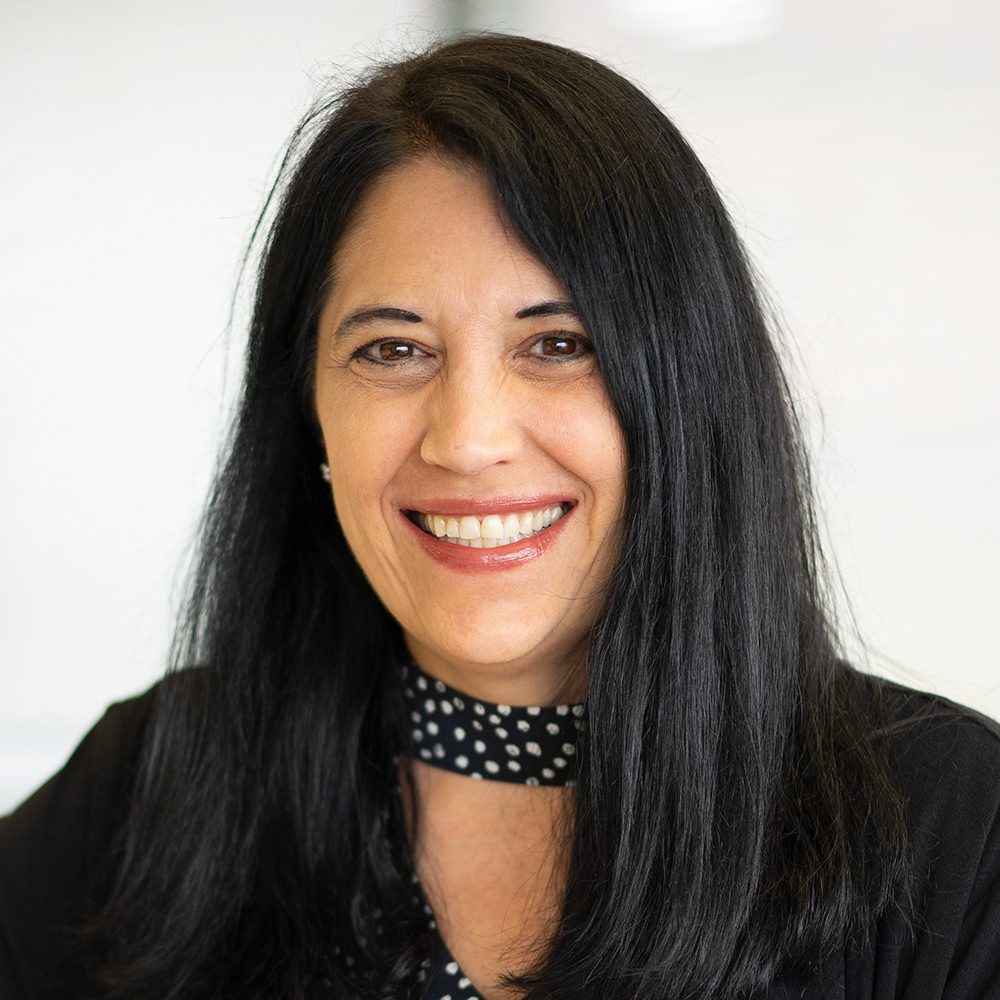Welcome to the second post in our series on learning networks. If you have no idea what I’m talking about, read the first post to get caught up.
So, how exactly does an informal learning network emerge? There are three different ways that I’d like to share with you.
Learningful conversations

The first comes as a result of a ‘learningful’ conversation. I first discovered these while reading the book The Lean Machine by Dantar Oosterwall. Learningful conversations balance two key elements:
- Advocacy, where you state your point of view and ideas
- Inquiry, where you ask someone about their point of view and encourage them to ask about yours
Learningful conversations are fundamental to dialogue because they’re not one-sided. They lead to experiments and curiosity to learn from others. Here’s an example.
Picture a development team that wants to present a new technology as an option to implement a feature currently being refined. A team member learned about this new technology from a close colleague in another business unit. She shared everything she knew about how this technology would work, then paused to ask what others thought of it. Just that one question opened up several conversations, more ideas, and other possible options. Once other teams heard about this, a few people requested to be involved in exploring the technology.
Learning moments
Learningful conversations often lead to learning moments, something I came upon in the book Organizational Learning and Performance by Ryan Smerek. Garry Ridge, the CEO of WD-40, developed the concept of a learning moment, “… an opportunity to grow from the experience of our colleagues, who are free to report back to us.”
I’ve personally experienced more of these learning moments than I can count. And the most profound ones, the most impactful ones, were those where teams came forward and said, “We made a mistake that we’d like to share, along with what we learned from it.”
I remember once where a team member pulled something out of production the night before the release and forgot to put it back in. Rather than trying to somehow conceal it, he came in front of our ART leadership first thing in the morning and explained what happened. Most important, he shared what he learned from it, as well as how the team would change its processes and the way they’d work together to avoid this in the future. Not only was that a brave move but the team member’s transparency was the number one thing leadership remembers about that team. It was so profound, in fact, that the leaders still use that example in ARTs across the enterprise.

Now, imagine you just heard someone share a learning moment like that and it was relevant to an area that you’re curious about or would like to grow in. Maybe something similar has happened to you. Imagine afterwards that you had a conversation with that person and they were open to teaching you about what they learned. That’s another way a learning network can emerge.
Aha moments
So, the first two ways I described how informal learning networks emerge relate to interactions with others. But there’s another way that these networks form that’s even more personal: the aha moment.
“… any sudden comprehension, realization, or problem solution that involves a reorganization of the elements of a person’s mental representation of a stimulus, situation, or event to yield a nonobvious or nondominant interpretation.” —John Kounios & Mark Beeman
Personally, I’m always on a quest for aha moments. Every time I go for a run, I work through things in my mind, and when that aha moment emerges, I wonder how I didn’t see that before. Then I start thinking about the next opportunity where I can share it.
CoPs and classes
OK, I lied. I actually have two more ways learning networks can emerge, but these two are more formal. One is from a community of practice (CoP).
While participating in a CoP, you might have a conversation with a colleague who’s interested in learning more about a skill you have, or vice versa, and you start to share and learn together. Listen for conversations that start with, “We don’t do that in our area. Maybe we could get together and I can learn from you.” The same types of conversations happen during meetups, too.

Another formal way is through classes. You’ve probably been in a training or workshop where you and other students are having conversations and forming social networks that actually create learning networks. I was teaching a class a few years ago and another trainer from a different business unit and corporate location asked to observe my class. She happened to be in an informal learning network with me and wanted to learn from our business unit and how we did things. The coolest part of this whole experience? Not only did she learn a lot about our area within the organization but all of the class participants learned from her, too. This is how the start of an informal learning network generates opportunities to create a formal one where you can recruit even more people to join you on your learning journey.
Start experimenting
I hope that after reading this, you’re inspired to experiment with some of these techniques. Start by engaging people in a learningful conversation. The next time you’re trying to solve a problem, create a new solution, or present one of your ideas, share an idea (any idea) that you have with a colleague and ask them what they think about it. More likely than not, other ideas will emerge from the interaction. WARNING: Once you have your first learningful conversation, it’s easy to become slightly preoccupied with them.
Now that you know how learning networks emerge, read my next post about how to uncover them.
About Audrey Boydston

Audrey Boydston is a senior consultant at Scaled Agile and an experienced SPCT, Lean-Agile coach, trainer, and facilitator. Her work focuses on continuous learning, building fundamentals, re-orienting around principles, and helping clients—from senior executives to developers—build networks and communities that support their transformations.
